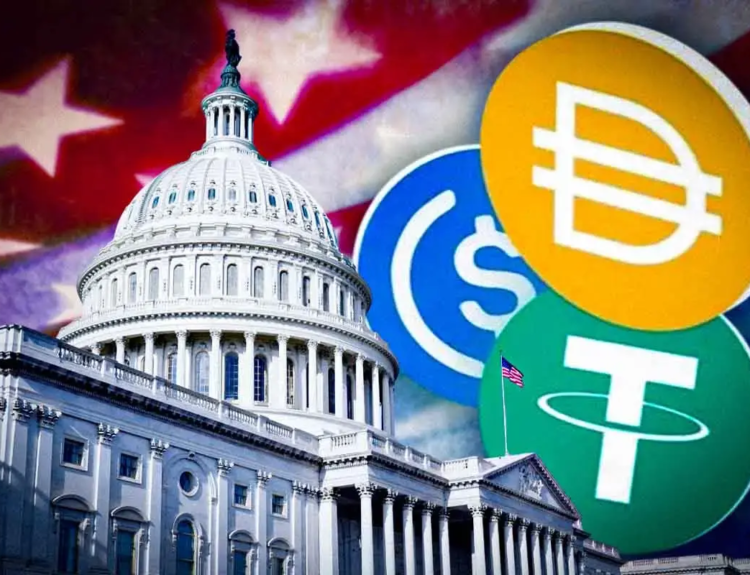A tidal wave of fake “toll” and postage texts is fueling a billion-dollar fraud network run from China, which utilises U.S. farms, phishing sites, and gig buyers to convert stolen cards into iPhones and gift cards.
- Scope: Chinese-organized gangs have siphoned over $1 billion from Americans in the past three years through scam text messages.
- Volume: Americans reported a record 330,000 toll-scam texts in a single day last month. Monthly volumes are now 3.5x higher than early 2024.
- Technique: Scammers blast messages using SIM farms — rooms full of SIM-stuffed devices — then lure victims to phishing sites that steal card data.
- Conversion: Gig workers in the U.S. are paid tiny fees to buy goods or gift cards with the stolen cards, shipping merchandise back to China.
- Example: One recent case showed a fraudster using 107 stolen cards to purchase 70 gift cards — all hidden under groceries at self-checkout.
How the Scam Works
Fraudulent texts warn about unpaid tolls or postal fees and direct users to fake payment sites. Victims who click and enter their card details unknowingly allow criminals to load those cards into Apple or Google Wallets overseas. Once installed, banks’ security checks are bypassed, enabling remote purchases from stores in the U.S. via tap-to-pay systems.
The Network Behind It
The operation connects four layers of cybercrime:
- SIM Farms — rooms filled with networking boxes that can send thousands of texts per minute.
- Phishing Websites — cloned payment portals built using kits sold on Telegram.
- Digital Wallets — stolen cards loaded into mobile wallets in Asia, linked to phones in the U.S.
- Gig Buyers — individuals earning mere cents per $100 purchase to launder the funds through legitimate transactions.
SIM farms have been found in shared offices, garages, and even auto-repair shops across U.S. cities like Houston, Los Angeles, Phoenix, and Miami.
Why It’s So Hard to Stop
This is industrial-scale cybercrime with global coordination. The scams blend offshore masterminds, local tech setups, and instant cross-border payment systems. Carriers struggle to block the growing flood of messages, and law enforcement faces delays tracing decentralized operations spread across multiple countries.
The Real-World Fallout
Court records show how these digital heists turn into physical goods. In one case, a Chinese national bought dozens of gift cards using stolen credit numbers loaded into his phone’s tap-to-pay system — then covered the cards with groceries to avoid detection. The stolen goods and gift cards are later shipped to China and resold for profit.
How to Protect Yourself
- Ignore payment request texts. Never click links in messages about tolls or fees.
- Visit official websites directly. Type in the real address yourself.
- Report scams. Forward suspicious texts to 7726 (SPAM) and notify your bank if your card was used.
- Enable alerts. Get instant notifications for transactions on your credit or debit cards.
This isn’t just spam — it’s a highly organized billion-dollar criminal industry linking digital theft, gig labor, and global reselling. Every fake toll text fuels a sophisticated network turning your data into real-world profit. The fraud wave shows no signs of slowing — and America’s phones have become the newest battlefield in the global cybercrime economy.
Disclosure: This article does not represent investment advice. The content and materials featured on this page are for educational purposes only.










